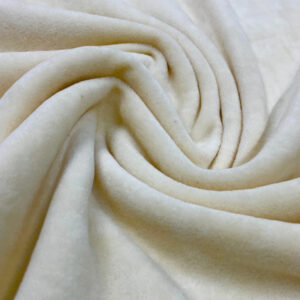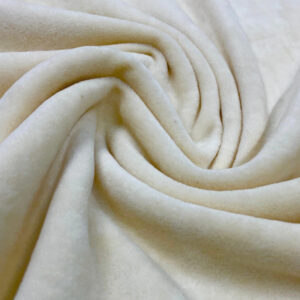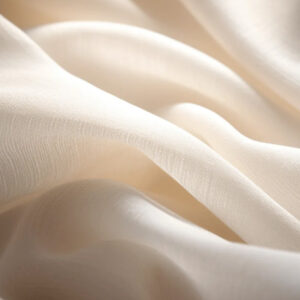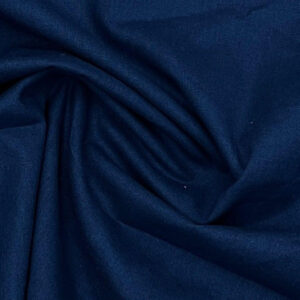In daily life, waterproof cloth is a widely used material, commonly seen in outdoor products, tents, raincoats, etc. However, although waterproof cloth has good water resistance, it is also easy to get stains during use. Therefore, it is crucial to master the cleaning method of waterproof cloth to ensure that it maintains its waterproof performance for a long time. This article will introduce you to several effective cleaning methods for waterproof cloth and maintenance precautions.

- Cleaning method of waterproof cloth
Basic cleaning method
The cleaning of waterproof cloth is relatively simple because its fabric is relatively resistant to dirt. You can add an appropriate amount of detergent to warm water, soak for about 10 minutes, and then gently rub it with your hands for a few minutes. Pay special attention not to use too strong friction to avoid damaging the fabric. Finally, rinse twice with clean water to ensure that all detergent residues are thoroughly removed. After cleaning, it is recommended to dry the waterproof cloth in a cool and ventilated place, and avoid direct exposure to sunlight to prevent the fabric from fading or aging.
Special cleaning method for dyes
For blue cloth dyed with sulfide fuel, because its color adhesion is strong but its wear resistance is relatively poor, it needs to be particularly careful when cleaning. First, you can soak the blue cloth in detergent for about 15 minutes, and then gently scrub it. Avoid using a scrub board to clean it, so as not to cause the surface of the cloth to turn white or be damaged. After cleaning, be sure to rinse it thoroughly with clean water to ensure that there is no detergent residue.
Cleaning method for blue cloth dyed with oxidized fuels
Blue cloth usually has good dyeing fastness and gloss, but it is more sensitive to reducing gases (such as coal gas) and is prone to greening. When cleaning blue cloth, you need to handle it with caution. Please avoid baking washed blue cloth clothes next to the stove to avoid being affected by the heat source. The above-mentioned soaking and gentle scrubbing methods can also be used when cleaning to ensure that the gloss of the cloth is not damaged.
- The waterproof principle of waterproof fabrics
The waterproof performance of waterproof fabrics mainly depends on their unique structure and material properties. When the liquid is in the state of water vapor, the water particles are relatively small. According to the principle of capillary action, these small water particles can smoothly penetrate to the other side of the capillary, thereby ensuring the breathability of the waterproof cloth. However, when the water droplets gather into larger droplets, their particles become larger, and the surface tension allows the water molecules to smoothly break away from the state of water droplets and leak to the other side of the waterproof cloth. Through this mechanism, the waterproof cloth can effectively prevent moisture penetration and keep the inside dry.
The realization of this waterproof principle is due to the special materials and treatment processes used by the waterproof cloth. Common waterproof cloth materials such as polyester and nylon have good waterproof properties by adding waterproof coatings or special membrane materials.
- Daily maintenance of waterproof cloth
In addition to regular cleaning, correct daily maintenance is also an important part of maintaining the performance of waterproof cloth. Here are some practical maintenance suggestions:
Avoid frequent washing: Although the waterproof cloth is resistant to dirt, too frequent cleaning will damage its waterproof coating. Therefore, it is recommended to arrange the cleaning frequency reasonably according to actual use.
Regular inspection: During the use of the waterproof cloth, regularly check for wear or damage, especially the stitching. If damage is found, it is recommended to repair it in time to prevent moisture penetration.
Waterproof treatment: Over time, the waterproof performance of the waterproof cloth may weaken. To this end, it can be treated regularly with waterproof spray or coating repair agent to restore its waterproof effect.
Storage method: When the waterproof cloth is not in use, it should be stored in a dry and cool place to avoid high temperature and high humidity.
Conclusion
The cleaning and maintenance of waterproof cloth is not complicated, but it requires the correct methods and skills. Through reasonable cleaning steps, you can effectively remove stains and maintain the appearance and performance of waterproof cloth. At the same time, understanding the waterproof principle of waterproof fabrics will help to better use and maintain these valuable equipment. I hope the above suggestions can help you extend the service life of the waterproof cloth and make your outdoor activities more worry-free.





